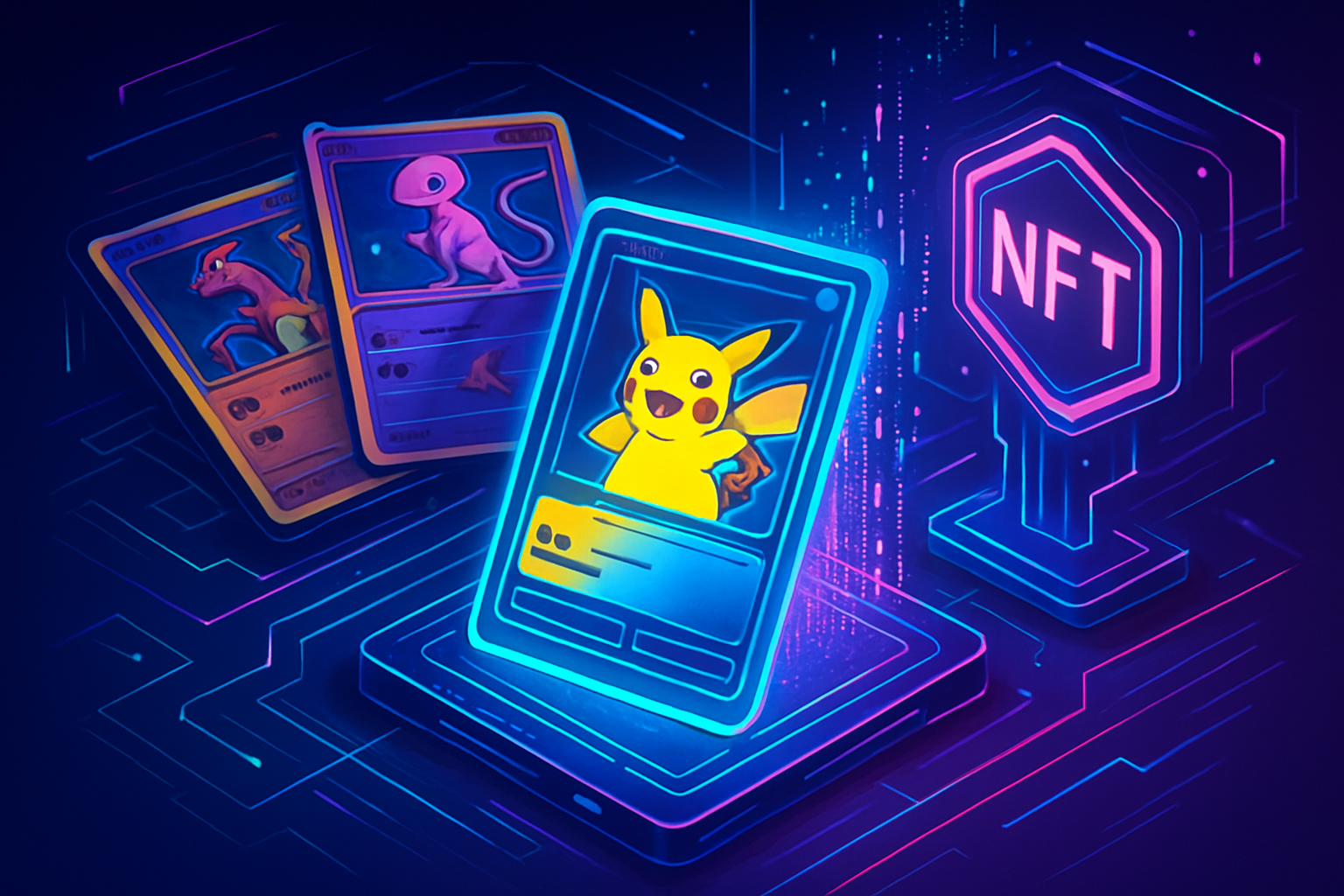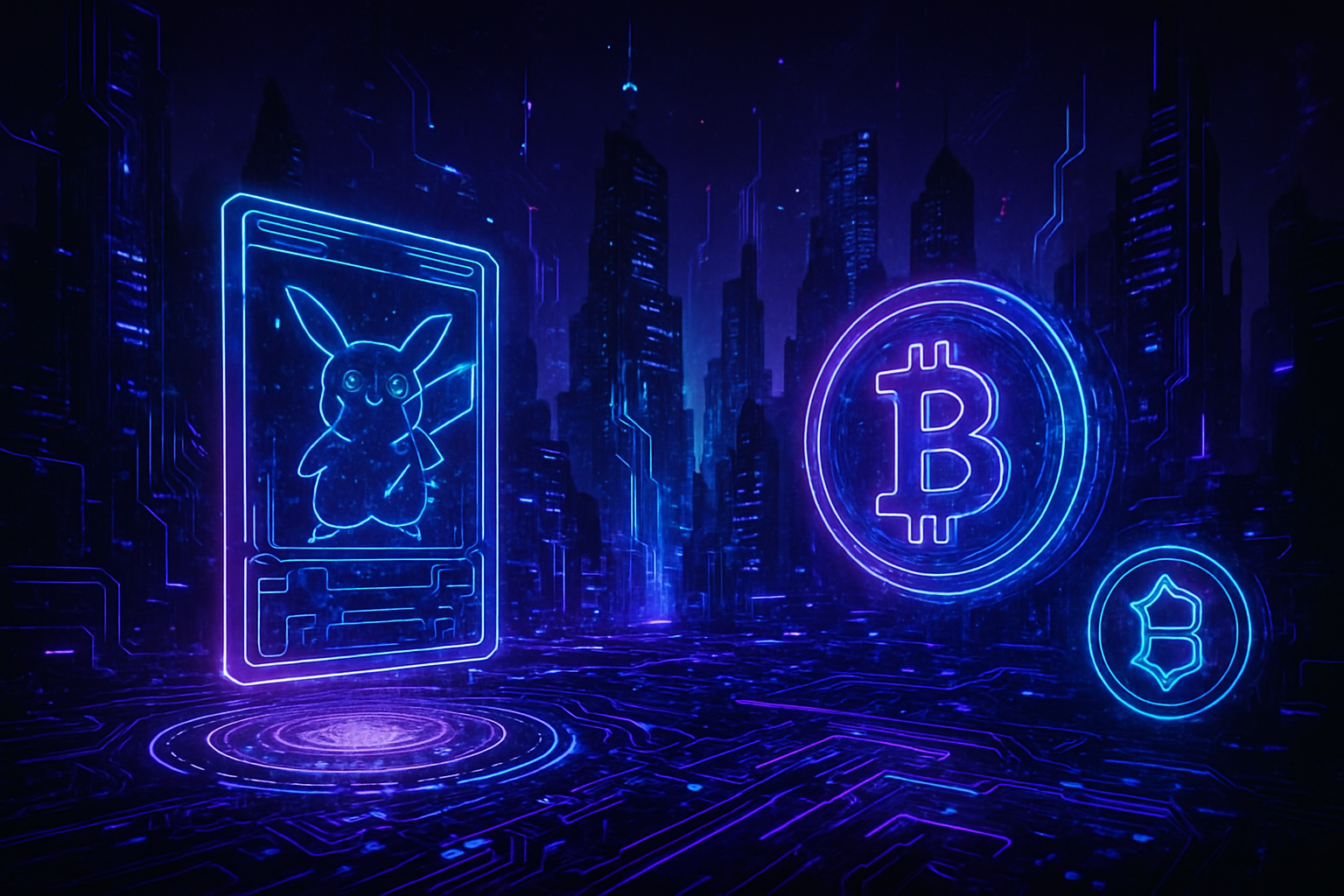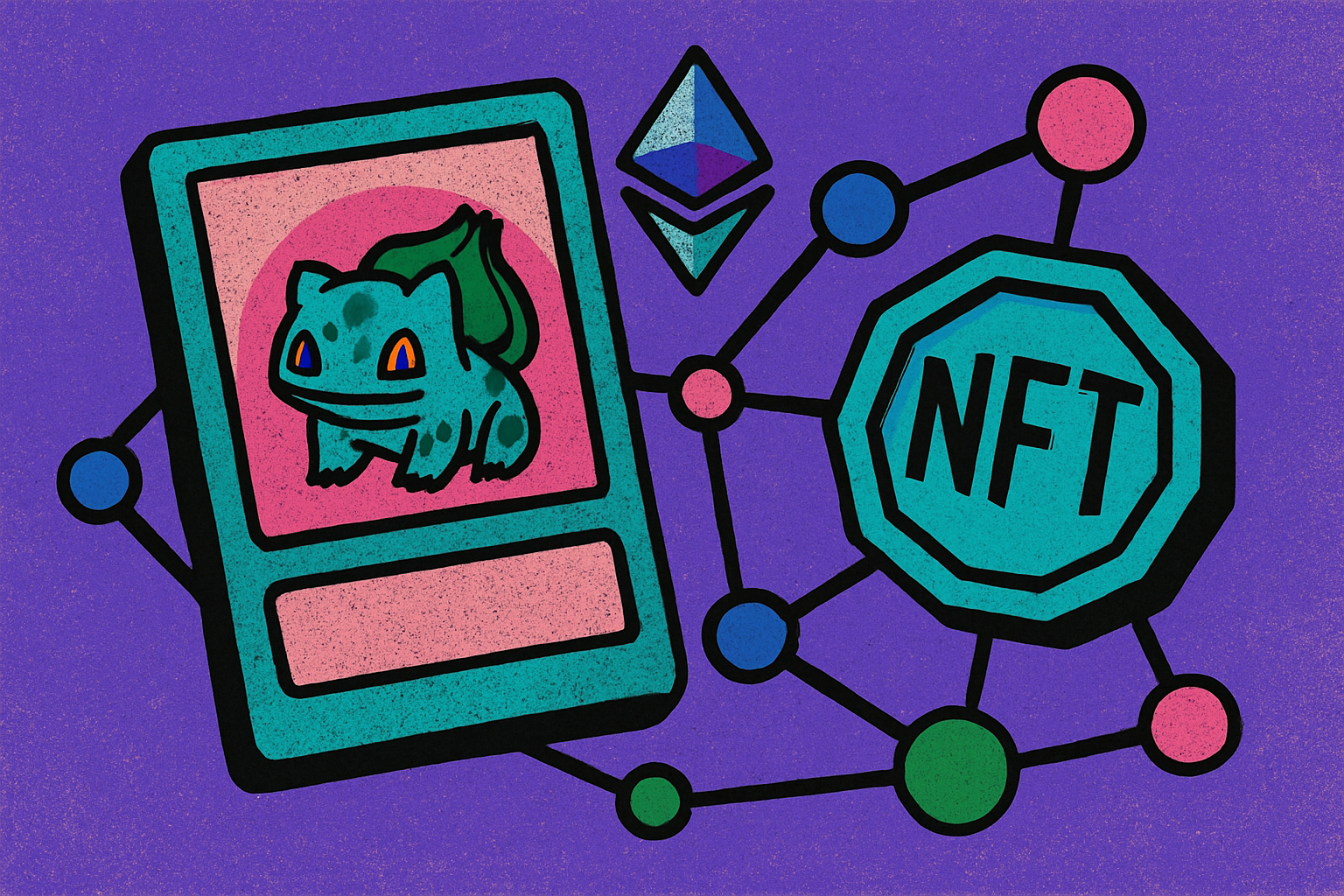
The world of Pokémon card collecting is evolving rapidly, and blockchain technology is at the heart of this transformation. Tokenizing your Pokémon cards as NFTs is no longer just a futuristic concept, it’s an accessible reality for collectors looking to secure, trade, and showcase their prized cards on-chain. By bridging the gap between tangible assets and digital ownership, tokenized Pokémon cards offer new possibilities for liquidity, security, and global reach. If you’ve ever wondered how to turn your physical collection into digital assets, this guide will walk you through each step with clarity and insight.

Why Tokenize Pokémon Cards? The Value Behind Digital Ownership
Tokenizing Pokémon cards means creating a one-to-one digital representation, an NFT, of your physical card on a blockchain. This process unlocks several benefits:
- Verifiable authenticity: NFTs are backed by blockchain records, making it easy to prove ownership and provenance.
- Global trading: No more geographic restrictions, NFTs can be traded 24/7 across borders.
- Instant liquidity: Tokenized cards can be listed on NFT marketplaces, attracting buyers from around the world.
- Enhanced security: Blockchain reduces the risk of theft or fraud, while physical cards can be stored in secure vaults or tracked via unique identifiers.
Platforms like Collector Crypt have seen explosive growth by offering NFT-backed Pokémon cards, with their $CARDS token gaining traction in the crypto community. As this trend accelerates, understanding the practical steps to tokenize your cards is more important than ever.
Step-by-Step Guide: How to Tokenize Your Pokémon Cards as NFTs
Ready to join the trading card crypto revolution? Here’s how you can tokenize your own Pokémon cards:
- Digitize your cards: Start by taking high-resolution images of each card. Ensure clarity and detail, these images will become the visual face of your NFT.
- Choose your blockchain: Ethereum remains a top choice for NFT projects, but alternatives like Solana and Polygon offer lower fees and faster transactions. Consider your priorities, cost, speed, and community support, when deciding.
- Set up a digital wallet: You’ll need a wallet compatible with your chosen blockchain. MetaMask is popular for Ethereum, while Phantom is favored on Solana. Top up your wallet with enough crypto to cover minting fees.
- Mint your NFT: Use an NFT marketplace or specialized platform to create your NFT. Upload your card image and enter detailed metadata: card name, set, serial numbers, and any unique features that distinguish your card.
- Link the NFT to your physical card: For maximum trust and value, embed unique identifiers in your NFT’s metadata. This could be a serial number, QR code, or even a description of physical imperfections. Some platforms require you to send your card to a secure vault; others allow you to tag and retain it yourself.
With your NFT minted and linked to your physical card, you’re ready to explore new trading frontiers. The process is designed to be transparent and secure, protecting both collectors and buyers from counterfeit risks and disputes.
Top Platforms Leading the Pokémon Card NFT Movement
Several platforms have emerged as leaders in the Pokémon card NFT space. Collector Crypt, for example, has made headlines by vaulting physical cards and issuing corresponding NFTs, allowing collectors to trade securely while ensuring the underlying asset remains safe. Their native $CARDS token is used for transactions and governance within the ecosystem. Other platforms focus on peer-to-peer trading or direct minting, each offering unique features tailored to different collector needs.
As you consider which platform to use, pay attention to factors like vault security, community reputation, transaction fees, and the ease of redeeming your NFT for the physical card if desired. Remember: the best platform is one that balances security, transparency, and liquidity, giving your collection the visibility and value it deserves.
Security and transparency are at the core of tokenized Pokémon cards. Platforms like Collector Crypt offer robust solutions, including secure vaulting for physical cards and transparent blockchain records for every NFT minted. This dual-layer approach not only preserves the integrity of your collection but also makes it easy to verify authenticity when trading on secondary markets.
Trading, Storing, and Redeeming Your Tokenized Pokémon Cards
Once your Pokémon card is tokenized, you can list it for sale or trade on NFT marketplaces that support physical asset-backed tokens. Make sure to provide clear, accurate descriptions and highlight the unique identifiers linking your NFT to the real card. Many platforms now offer escrow services or require physical cards to be stored in secure vaults, streamlining the transfer process and protecting both buyers and sellers.
Collectors who wish to redeem their NFT for the physical card typically follow a straightforward process: initiate a redemption request, verify ownership on-chain, and arrange for secure delivery. This redemption mechanism ensures that digital ownership always maps back to the tangible asset, maintaining trust in the ecosystem.
Risks, Rewards, and What’s Next for Trading Card Crypto
While tokenizing Pokémon cards unlocks exciting opportunities, it’s important to be aware of the risks. Market volatility, platform security, and the evolving regulatory environment can all impact your experience. Always research your chosen platform’s reputation, review their security protocols, and understand the process for both digital and physical transfers. For high-value cards, consider insurance or additional authentication layers for peace of mind.
The rewards, however, are significant. By bridging physical trading cards with blockchain, you gain access to a global collector base, tap into 24/7 liquidity, and enjoy verifiable proof of ownership. As blockchain adoption grows and more collectors embrace tokenization, expect further innovation around card grading, fractional ownership, and DeFi integrations.
Ready to Start? Join the Pokémon Card NFT Revolution
The future of trading card collecting is digital, decentralized, and transparent. Whether you’re a seasoned collector or a newcomer curious about trading card crypto, now is the time to explore how NFT technology can elevate your hobby or investment strategy. By following the step-by-step process above, you can confidently tokenize your Pokémon cards and participate in a thriving new marketplace.
If you want to revisit the detailed guide or need more resources, check out our comprehensive walkthrough at How to Tokenize Your Pokémon Cards as NFTs: Step-by-Step Guide for Collectors.











